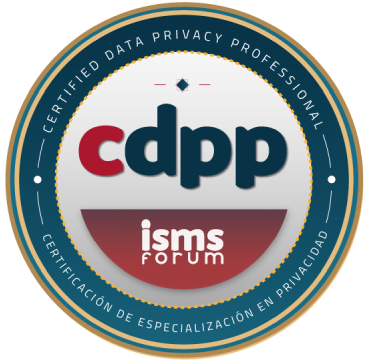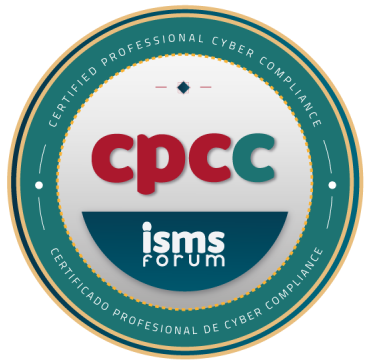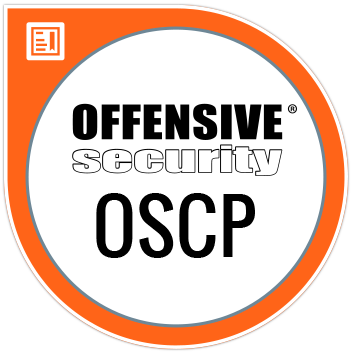Material requirements planning (MRP, for its acronym in English) is a very important process for any company dedicated to manufacturing products. It involves knowing how much and when the materials are needed to make the products customers want, avoiding having too much or too little material, delivering products late, and spending more than necessary.
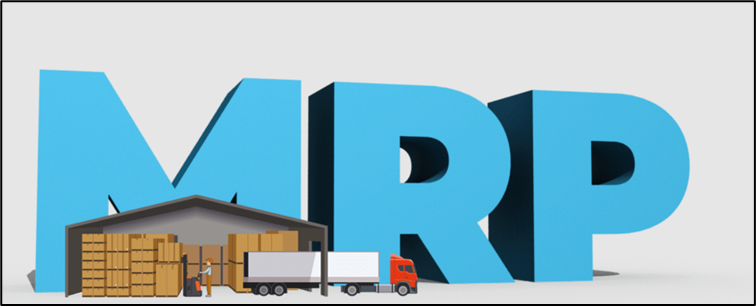
To implement a valid material requirements planning (MRP), you need an information system that can manage data on materials, orders, inventories, suppliers, and customers, as well as perform complex calculations and suggest actions. SAP S/4HANA offers all these functions and many more, leveraging the power of SAP HANA database technology, which enables extremely rapid data processing.
We'll look at how SAP S/4HANA has improved the MRP process by introducing new tools, concepts, and applications that make planners' work easier and help them make better decisions:
- Classic and Live: the two versions of MRP available in SAP S/4HANA.
- Cockpit: The new suite of SAP Fiori applications that make it easier, more intuitive, and more visual to create and track MRP.
- Demand-Driven Scheduling (DDMRP): the new concept based on creating strategic inventory reserves to protect against changes in demand.
- Predictive resource planning (pMRP): The new feature allows simulations to validate demand plans and assess the impact on resources and materials.
MRP Classic and Live
Classic and Live are two different architectures for material requirements planning in SAP S/4HANA. Classic is the traditional solution that runs on the application server and processes one material at a time. Live is the new solution that runs on the HANA database and processes multiple materials in parallel. Live offers several advantages over Classic, such as:
- Increased performance and scalability, as it leverages the power of the HANA database and reduces data transfer between the application and database layers.
- Greater integration and compatibility with other SAP S/4HANA features and tools, such as the Cockpit, DDMRP, and pMRP.
- Greater innovation and updating, as SAP S/4HANA focuses on developing and improving Live as the architecture of the future.
Classic is still available and supported in SAP S/4HANA, but it's considered a transitional solution. Companies looking to migrate to SAP S/4HANA with minimal impact on their planning processes can use Classic as a temporary solution, but it's strongly recommended that they plan the move to Live as part of their roadmap. Live is the recommended and preferred solution for material requirements planning in SAP S/4HANA.
MRP Cockpit
Cockpit is a suite of SAP Fiori applications used to run and monitor the material requirements planning process in the SAP S/4HANA system.
These applications offer a more intuitive and modern user interface than classic SAP transactions and are designed to meet the specific needs of the different planning roles involved in MRP, such as the production, purchasing, or warehouse planner.
Demand-Based Programming
DDMRP, or Demand Driven Material Requirements Planning, is a new inventory management planning method based on the principle of actual market demand rather than statistical forecasts, which are often inaccurate and unreliable. The goal is to create strategic inventory reserves to protect against changes in demand.
The objective of this approach is to improve the availability of products and services offered to customers, while reducing the costs associated with excess or insufficient inventory. DDMRP is based on the following key components:
- Identify strategic products that should be held in reserve, based on their importance, variability, and dependence on other products.
- Define inventory reserve parameters for each product, based on its average daily consumption, replenishment time, demand and supply variability, and demand profile.
- Calculate inventory reserve levels for each product, according to defined parameters, obtaining the minimum level, the reorder level, and the maximum level.
- Plan and replenish inventory reserves for each product, according to calculated levels, generating order or production proposals.
- Monitor and adjust inventory reserves for each product based on actual consumption, projected demand, and expected supply, reviewing levels and proposals.
It is an optional and complementary solution to traditional MRP or MRP Live, which can be used to plan products that are considered strategic or critical for the supply chain.
Predictive Planning
pMRP is a new feature developed to improve the materials and resource planning (MRP) process in companies. It differs from traditional MRP or Live MRP in that it is not based on actual or current data on materials, orders, inventories, suppliers, and customers, but rather on simulated or future data that can be created or modified according to different scenarios.
MRP allows you to create and compare different MRP simulations, taking into account variations in demand, lead times, inventory levels, costs, and other factors that can affect production performance.
In this way, pMRP helps planners make more informed and flexible decisions, anticipating possible future scenarios and optimizing the use of available resources.
It is also an optional and complementary solution to traditional MRP or MRP Live, which can be used to perform MRP simulations for validation, analysis, or comparison purposes.
Conclusion
Material requirements planning is a key process for the success of any materials management company. SAP S/4HANA offers a comprehensive solution that enables efficient, rapid, and tailored material requirements planning tailored to the needs of each company and planner.
SAP S/4HANA has improved the MRP process by introducing new tools, concepts, and applications that make planners' work easier and help them make better decisions.
Discover our SAP training
Find out everything on our blog and train in SAP with our Master in Financial Management and Functional Consulting SAP S/4HANA Finance, Official Sap S/4Hana Sourcing And Procurement Certificate and Sap S/4Hana Finance Official Certificate.





























